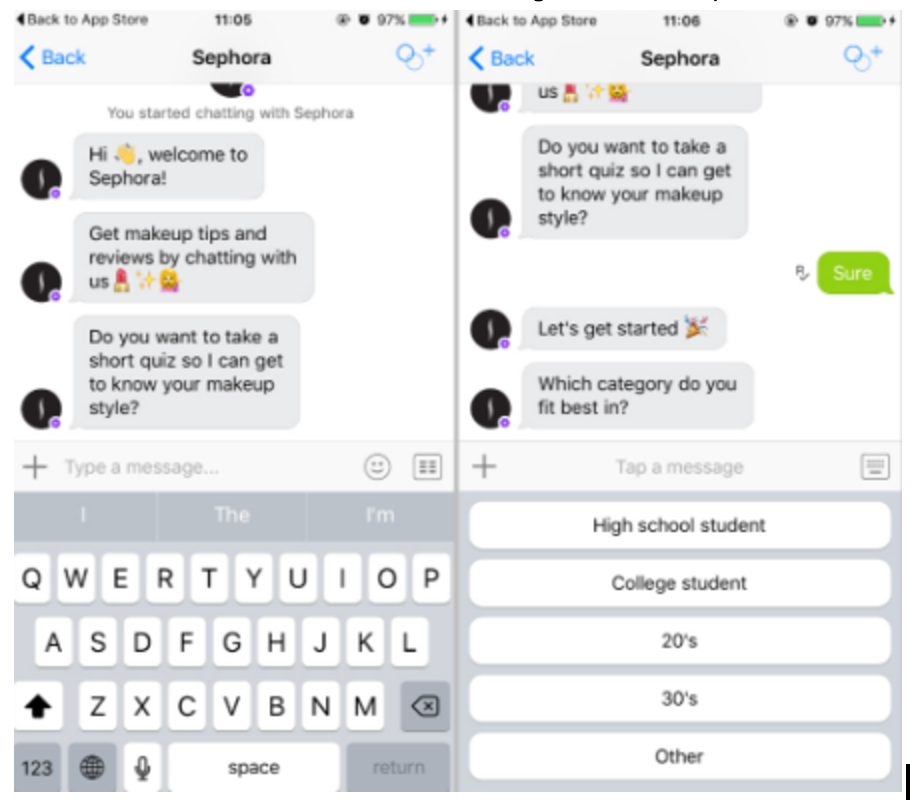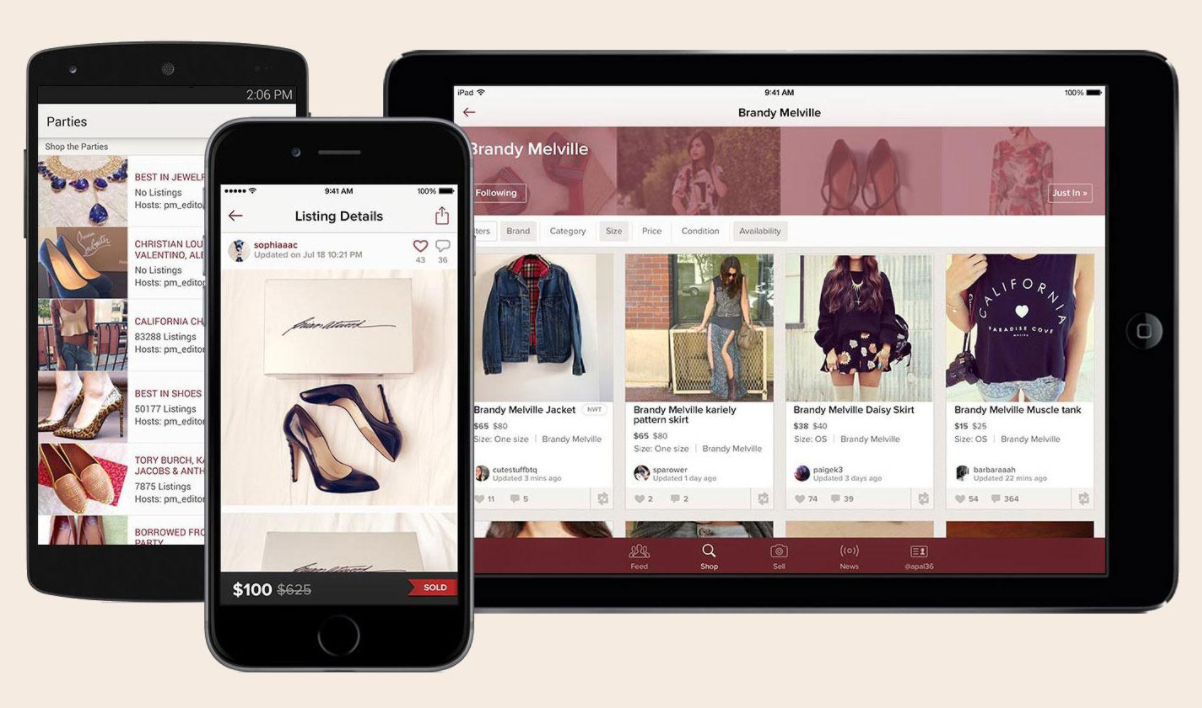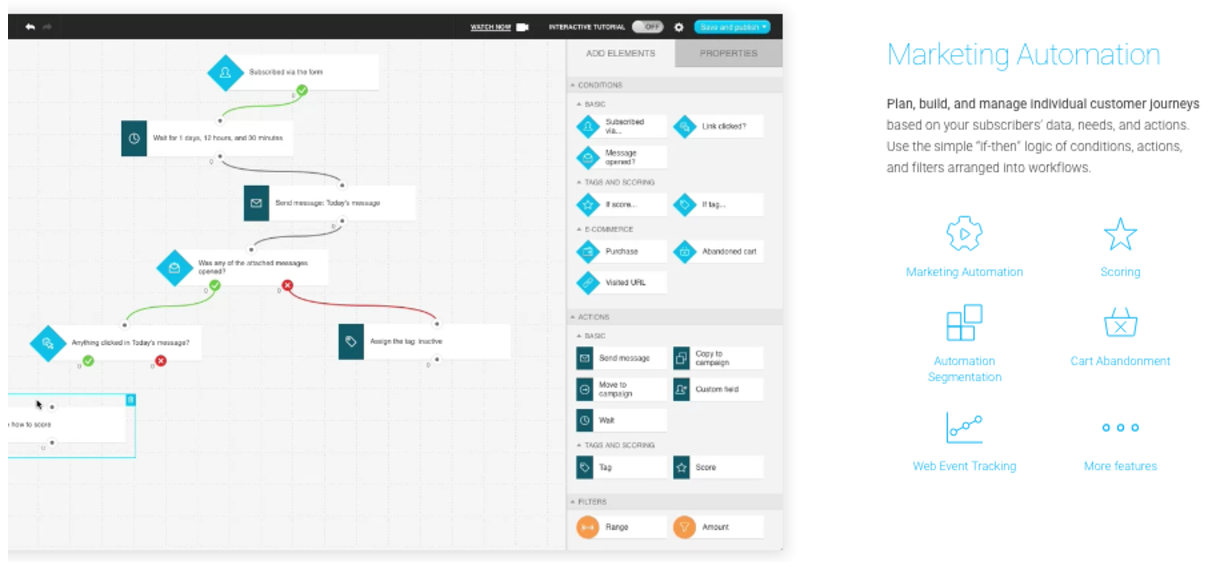Use Social Media to Improve the Online Shopping Experience
Over the last few years, consumers have been steadily taking their business online. While the physical store isn’t dead, the number of people shopping online has spiked dramatically. Over half of online shoppers in the United States alone made purchases via their mobile phones, and many of those came through social media. While you would be hard-pressed to find a business that didn’t have at least a Facebook page, e-tailers and digital marketers are tapping into our human need for connection, integrating social platforms into marketing campaigns to make the online shopping experience more experiential and personal.
Leverage big data to make customized recommendations
Today, data analysis is an integral part of online marketing. Social media platforms have given businesses a competitive edge, as increased access market research experts and real-time data provides insight into what consumers really want. Detailed knowledge regarding user activity is used to create tailor made campaigns, which increases both conversion rates and customer loyalty. Customized recommendations based on individual profiles have been shown to bolster consumer confidence, while simultaneously decreasing cart abandonment.

Retargeting softwares, like AdRoll, can be used to craft personalized advertisements and recommendations based on previous consumer activity and on a company’s social channels. Adroll helps you conveniently place ads, while also providing a performance monitoring option that helps you improve your social reach and user experience.
Utilize machine learning to improve customer service
AI in the workplace a hot topic these days. With some of the biggest corporations in the world, like Microsoft and Google, already investing in machine learning, the time has come for online marketers to turn their attention towards automation to generate more personalized shopping experiences.

Legendary cosmetics brand, Sephora, launched their own personal assistant bot through the Kik Bot shop. The makeup brand’s chatbot is a great example of how machine learning can convert consumer data into intelligent information that allows brands to provide shoppers with an intimate experience in real time. Customers are simply asked to take a quick quiz to help the bot familiarize itself with their preferences and interests, which is then translated into personalize product recommendations, as well as tips and product reviews.
Use social e-commerce platforms to improve experience
At one point, having a personal shopper would be a luxury. For today’s increasingly mobile and social consumer base, it’s commonplace. E-tailers today need to remember not to focus too narrowly on selling their product, but also pay careful attention that they also construct an engaging experience.

Poshmark, currently the biggest social e-commerce marketplace available online today highlights the importance of social capital in e-commerce today. Poshmark has formed a community of users who connect with one another while browsing through their closet. The app also keeps tabs on you search and purchase history and makes recommendations based on your personal style, which is consistently updated.
Send more meaningful email campaigns
Often when we think of social media engagement our minds go directly to Snapchat, Pinterest, Facebook, etc, but we mustn’t overlook email. While we might not immediately associate email with social media marketing, newsletters and email updates have proven to boost social engagement and have shown to effectively increase conversion rates and confidence in your brand.

Tools like GetResponse can be used to optimize consumer engagement, providing an advanced analytics feature to help you better understand your audience from which you can create personalized content. The software’s unique delivery tools help you target consumers with tailor made emails that will resonate with your audience.
Tell stories through social media
Storytelling is the bedrock of human communication. Today’s on the go consumers need to be engaged if you are going to catch their eye mid-scroll, and what better way to grab someone’s attention than by telling them an interesting story.

Herschel Supply Company is a great example of how a brand can showcase their product in more meaningful and dynamic ways using social media. Since 2009, the family run company has been creating high quality bags and accessories, marketed to travelers from all walks of life. Herschel documents the cross-collaborations with brand ambassadors who are traveling the world on their Instagram account. Consumers are taken on a journey, from Japan to Costa Rica, which aims to inspire them to grab a Herschel bag of their own and hop on a plane.
There’s no doubt that social media has transformed e-commerce for the better. With more emphasis placed on social capital, online shopping has become more personal and interactive, encouraging e-commerce platforms to focus their attention on the customer, rather than just increasing revenue.
—-
Crucial Vacuum Founder Chad Rubin grew his e-commerce business to an 8-figure business in 7 years. He is a Top 250 Amazon Seller, and co-founded Skubana as an all-in-one ERP system and operations platform designed for high volume sellers to run and automate their business. It integrates with most e-commerce marketplaces, 3PLs, and warehouses, provides profitability and multi-channel inventory management, and compiles all of your marketplaces on a single convenient dashboard. Learn more at info@skubana.com or sign up for a 14-day trial.
Follow Chad on Twitter, Facebook, or Instagram @ecommrenegade or connect with Linkedin.com/in/ecommercerenegade.